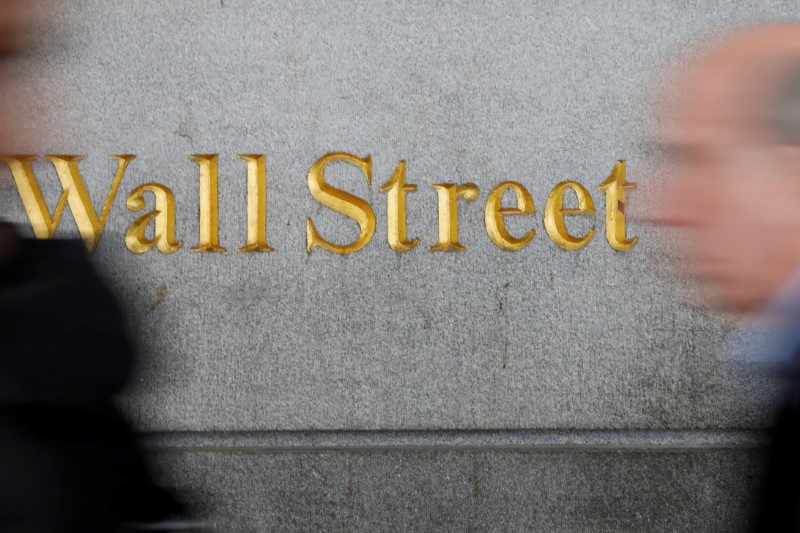SAN FRANCISCO (Reuters) - Halfway through 2018, investing in Wall Street's leading S&P 500 stock index has been nothing to shout about.
The index of about 500 of the largest U.S. corporations has risen 1.7 percent year to date, far short of its 8 percent increase in the first half of 2017, even as the technology-heavy Nasdaq and Russell 2000 index of smaller companies touch record highs.
Including dividends, the S&P 500 has returned only about 3 percent in 2018, compared with nearly 22 percent last year.
(Graphic: S&P 500 underperforms - https://reut.rs/2NbsFjB)
While newly enacted corporate tax cuts propelled a nine-year bull market higher in January, fears of an escalating trade war between the United States and China have lately become a persistent counterweight denting investor sentiment.
Investors currently favor small-cap stocks because they are seen as benefiting more than large companies from the deepest overhaul of the U.S. tax code in over 30 years, with some on Wall Street also betting that smaller companies may be less at risk of trade tariffs.
The Russell 2000 index is up 7 percent year to date, while the Nasdaq has surged 9 percent, buoyed by the tech sector's popularity with investors.
(Graphic: U.S.-China trade and the S&P 500 - https://reut.rs/2ICOULJ)
The Dow Jones Industrial Average has declined 2 percent in the past six months, weighed down by double-digit declines in 3M Co, Procter & Gamble Co, Caterpillar Inc (NYSE:CAT), and General Electric (NYSE:GE) Co, which in June was evicted from the group of 30 top-shelf U.S. corporations.
Market strategists polled by Reuters last month predicted on average that the S&P 500 would post an annual gain of 7 percent in 2018, more modest than the 9 percent increase they predicted in a February survey.
After the S&P 500 hit an all-time high on Jan 26, the index has fallen 5 percent, with declines in banks and consumer staples more than offsetting a recovery in technology stocks including Apple Inc (NASDAQ:AAPL) and Facebook Inc (NASDAQ:FB), both up close to 10 percent in the past six months.
(Graphic: Sectors since Jan 26 market high - https://reut.rs/2KwHviJ)
Financials, which account for about 13 percent of the S&P 500, have been badly bruised by Wall Street's stumble, falling 11 percent since the index's record high. Morgan Stanley (NYSE:MS), Goldman Sachs Group Inc (NYSE:GS), and Citigroup Inc (NYSE:C) have each fallen 15 percent or more during that time.
Rising short-term interest rates and falling long-term rates, a combination that makes bank lending less profitable, have contributed to weakness in bank shares.
(Graphic: Financials Since Jan 26 - https://reut.rs/2IAPlGv)
While 2018 has offered scant returns for S&P 500 investors, it has provided more than its share of volatility. Twenty-nine percent of trading sessions in the first half of 2018 saw moves greater than 1 percent in either direction, compared with just 3.2 percent of trading days in all of 2017, according to a report from Bespoke Investment Group.
Optimism around the tax cuts has Wall Street expecting S&P 500 earnings per share to surge 22 percent in 2018. Those unusually high earnings projections, and the stock market's mostly lateral movement over the past five months, have made stock valuations appear more reasonable than they had late in 2018.
The S&P 500 is now trading at just over 16 times expected earnings, down from over 18 at the market's high in January, and in line with the index's five-year average valuation, according to Thomson Reuters data.

(Graphic: Valuations cool off - https://reut.rs/2tCVWLW)